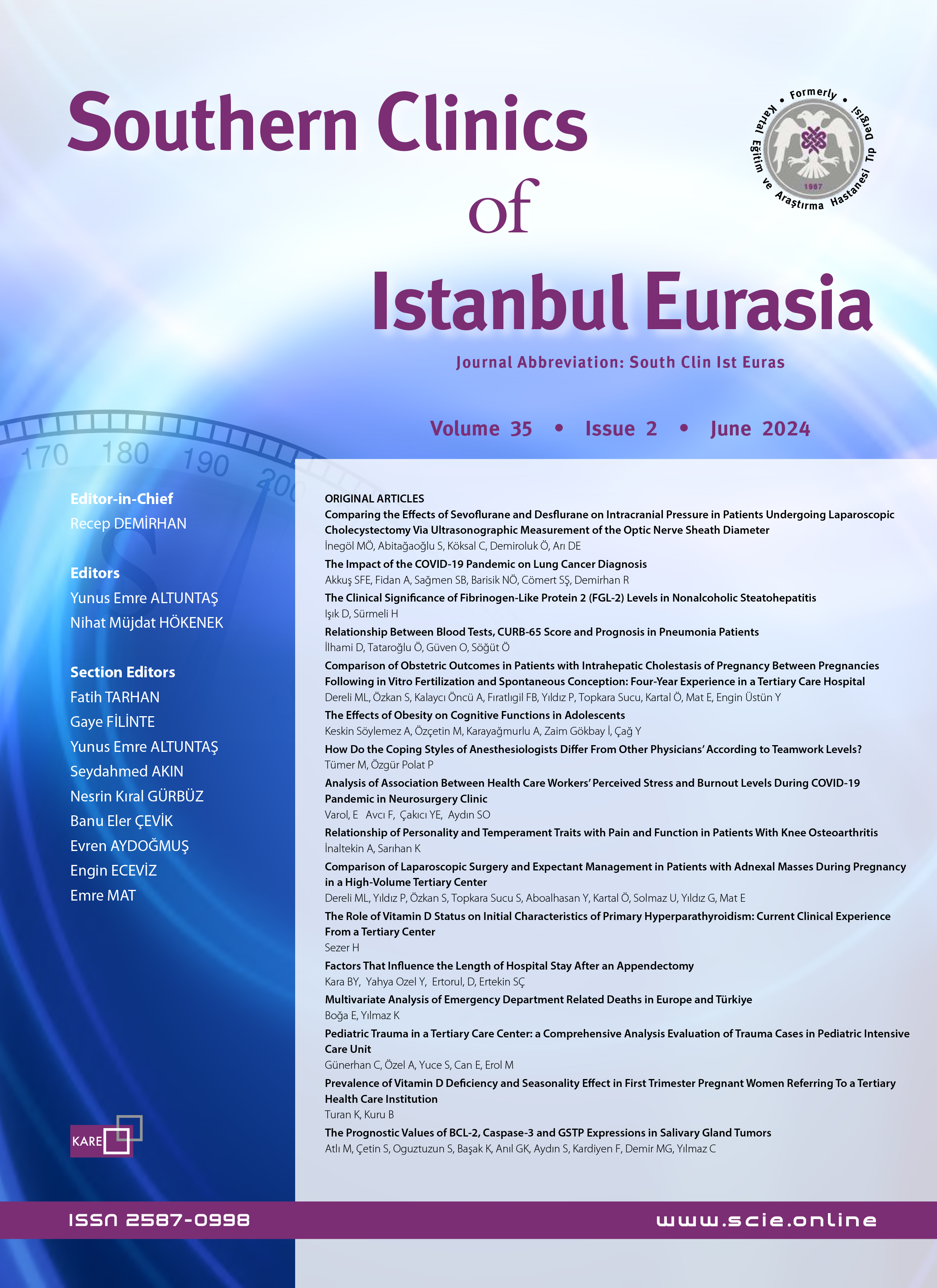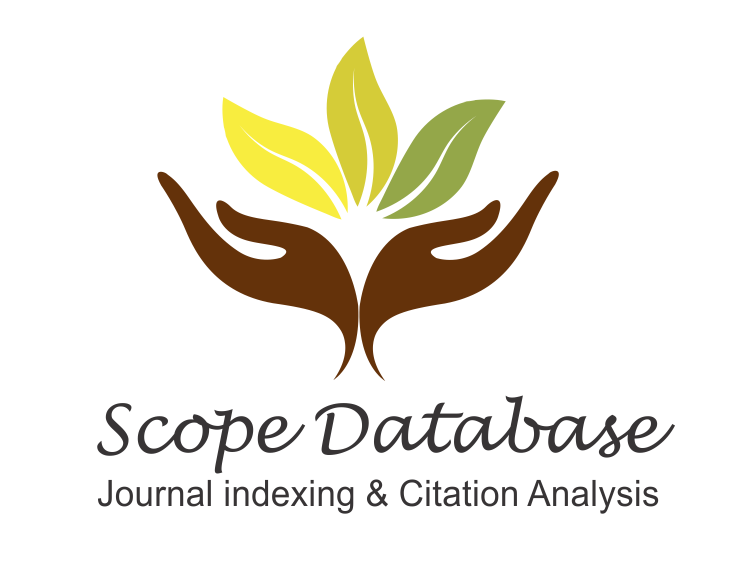Volume: 10 Issue: 3 - 1999
| RESEARCH ARTICLE | |
| 1. | THE EFFECT OF ANGIOTENSIN II RECEPTOR ANTAGONISTS ON LIPID PROFILE IN TYPE II DIABETES MELLITUS Mahmut Gümüş, Birsel Kavaklı, Semra Aktaş, Mehmet Sargın, Mehmet Aliustaoğlu, Kamil Özdil, Ali Yayla Pages 752 - 757 Atherosclerosis and hypertension are frequently found with diabetes mellitus. Diabetes Mellitus has also got the high incidence of dislipidemia. In this study, we aim to investigate the effect of Losartan Potassium as a new member of AT II receptor antagonists, on lipid profile in hypertensive diabetic patients. 34 female and 6 male, totally 40 diabetic outpatients who were submitted to Kartal Training Hospital, were included to the study. Mean age of them was 58,1 years and mean duration of diabetes was 7,7 years. The patients who have familial dislipidemia, under antilipidemic therapy and have creatinin clearance below 60 ml, min were excluded. Patients were treated with 50 mg Losartan Potassium daily for three months. They have received their prior antidiabetic therapy and diet. We visited them every month from the beginning of the study for three months, and during this visiles, we measured the levels of body mass index, sistolic and diastolic blood pressure, fasting blood glucose, total cholesterol, trigliserid, HDL-Cholesterol and LDL-CholesteroI. The level of body mass index, fasting blood glucose and HDL-Cholesterol did not changed at the end of study but blood pressure, total cholesterol, trigliserid and LDL-Cholesterol levels decreased significantly. As a result, we concluded that, Losartan Potassium has a positive effect on lipid profile in hypertensive diabetic patients without any undesirable effect on blood glucose regulation. |
| 2. | LIGHT AND ELECTRON MICROSCOPIC INVESTIGATION OF PREECLAMPTIC AND NORMAL PLACENTAS Sadiye Eren, Umur Kuyumcuoğlu, Hülya Aydoğmuş, İrem Okay, Akif Alkan, Karsel Ertekin Pages 758 - 760 In our study which we conducted in the Zeynep Kamil Women and Children Diseases Education and Research Hospital, in order to analyze the etiopatogenesis of preeclampsia which is a huge and continuous problem in obstetrics to this day, placentas of 30 adults, 25 with preeclampsia and 5 as a control group were observed under light and electron microscopes. In the placentas from the preeklamcia patients, histopathologic and ultrastructural differences were observed and were in accordance with the literature. |
| 3. | THE PREVALANCE OF HEPATITIS B VIRUS IN HEALTHY AND HIGH RISK PREGNANTS Cihan S Şengür, Ekrem Orbay, Handan Aksoy, Kürşat Gökçe, Orhan Ünal Pages 761 - 764 WHO has described that hepatitis B virus is the second most important carcinogen after smoking. The disease is an important health problem because it causes chronic hepatitis, other chronic hepatic diseases, cirrohis and hepatocellular carcinoma. The aim of this study is to show that every pregnant woman, whether in the risk groups or not, should be scanned for hepatitis B. A total of 624 pregnants, which 84 from high risk pregnancy section and 540 from delivery room and outpatient section, were taken into the study in the Gynecology and Obstetrics Department of Kartal Educational and Research Hospital. The mean age of HBsAg (+) pregnants scanned was 25 ± - 5.3 and the others' mean age was found as 26 ± -5.4. 7 pregnant women out of 84 in the high risk pregnancy section were HBsAg (+) and 26 out of other 540 pregnants were HBsAg (+). The rate of HBsAg positiveness was determined as 5.2 %. Anti-HBc and antiHBs were positive in 10 pregnants of the high risk group and in 100 of no-risk group. The rate of AntiHBs positiveness was determined as 17.6 %. The prevalance of hepatitis B virus infection in our samples was found as 22.8 %. These results were correspanding with studies for hepatitis B carriage held in our country. In HBsAg (+) cases, when hepatitis infection in history and/or hepatitis history in family were compared with other risk factors, the difference was found significant (p<0.05).The HBsAg positiveness rate in pregnants was higher than donors' in blood bank (p<0.05). No significant difference was determined in the HBsAg (+) pregnants' distribution according to age group, educational state, birth place and number of deliveries. |



















